In June 2014, Adobe introduced exciting new features in Photoshop CC 2014 for working with Smart Objects. This guide will help you effectively use the new functions and give you a clear overview of the Smart Object system. Let's dive right into the matter and explore the different aspects of Smart Objects.
Main Insights
- Difference between embedded and linked Smart Objects.
- Adjustments of Smart Objects between different types.
- Packaging Photoshop documents for teamwork.
- Using layer compositions within Smart Objects.
Step-by-Step Guide
Basics of Smart Objects
Before we address the new features, first take a look at the basic principle of Smart Objects. Smart Objects allow you to edit image data non-destructively. This means you use the original image file in Photoshop without altering it through edits. Go to File and create a new document. Drag an image from your Finder into it. The image will be placed as a Smart Object.
When you enlarge or reduce the image, the quality is maintained since the original is underlying. This is a significant advantage compared to regular pixel images, where quality can be lost.
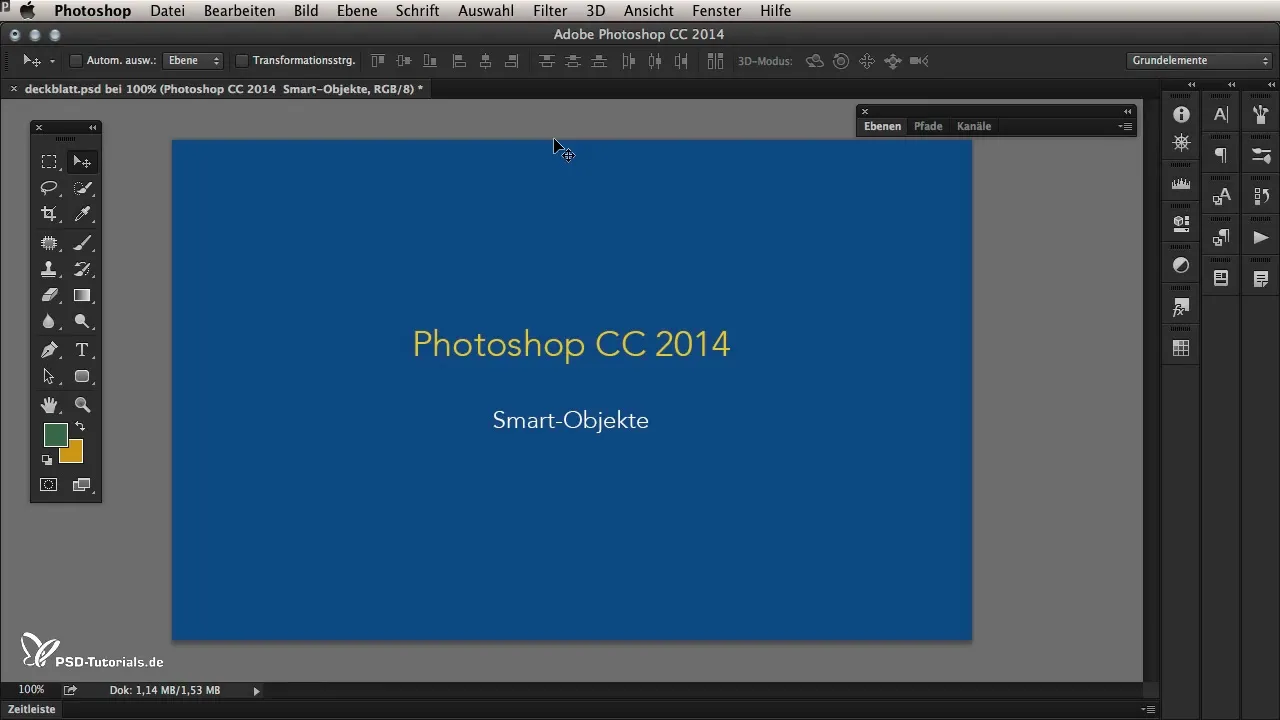
Difference between Embedded and Linked Smart Objects
Embedded Smart Objects are permanently anchored in your Photoshop file, while linked Smart Objects reference an external image. To see the difference, drag another image in while holding the Alt key. You will notice that the new image appears as a linked Smart Object, represented by the chain symbol.

If you edit the linked image in Photoshop, the linked image is updated as well. This allows you to make changes in the source without having to adjust the Photoshop file each time.
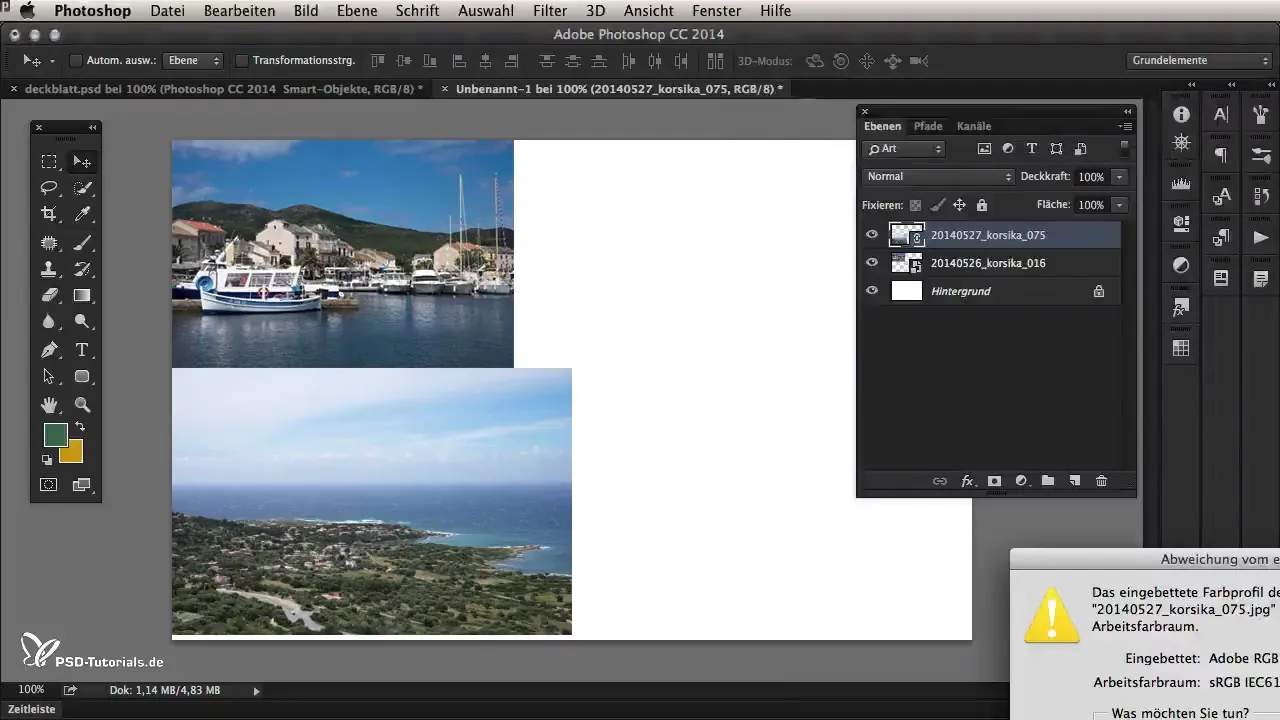
Managing Smart Objects
One of the latest features in Photoshop CC 2014 is the ability to adjust the type of Smart Objects retroactively. Suppose you want to convert a linked object into an embedded object. Right-click on the object and select "embed linked Smart Object."

This makes your image a part of the Photoshop file and gives you more control since you no longer have to search for the linked image.
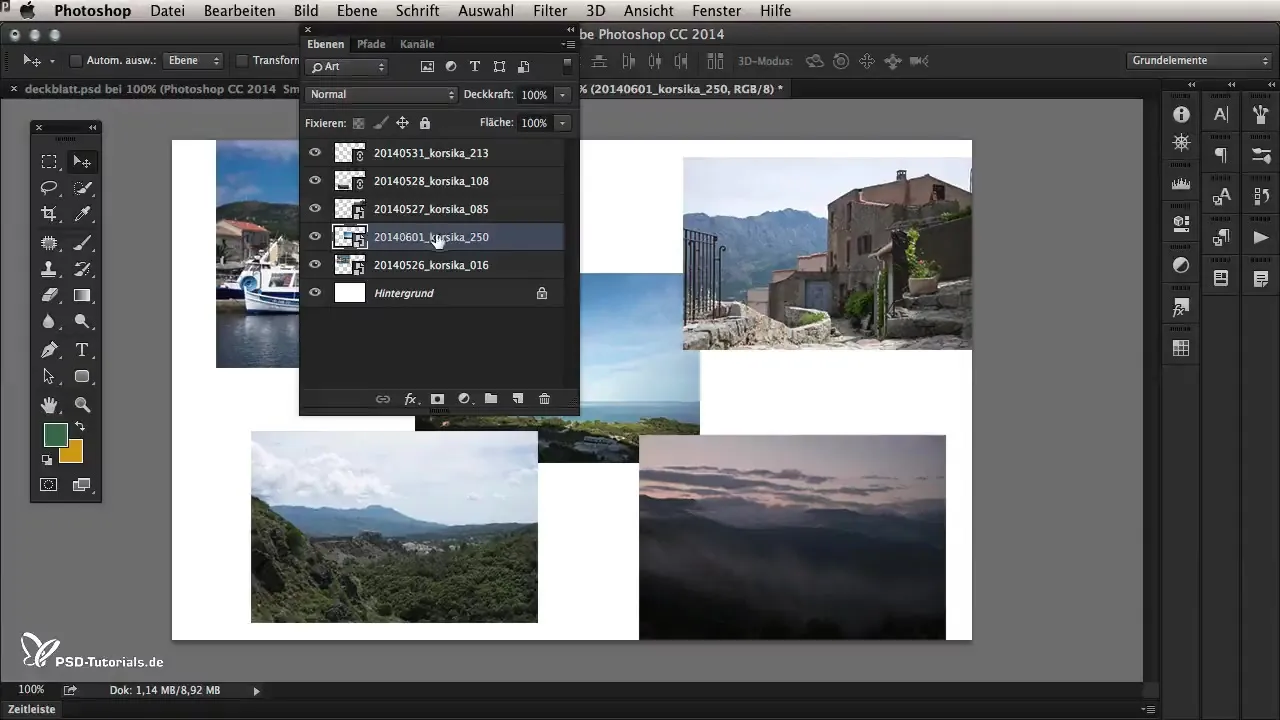
Conversely, you can also convert an embedded object into a linked object, which is useful if you want to use the image in multiple documents and edit it only once.
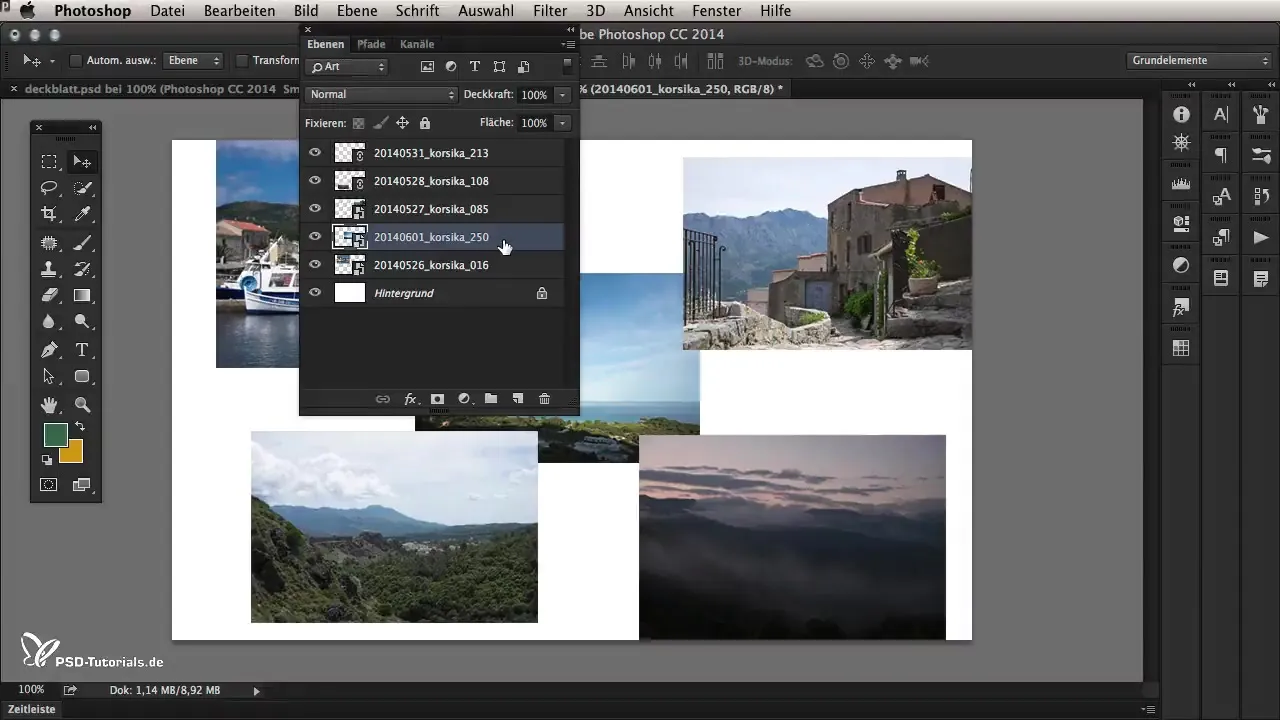
Packaging Photoshop Documents
When working with a team, it is important that all necessary files are available. Photoshop offers a packaging function that consolidates all images and linked files into a single folder. To do this, go to "File" and then "Package." You must first save the Photoshop file before you can use this function.
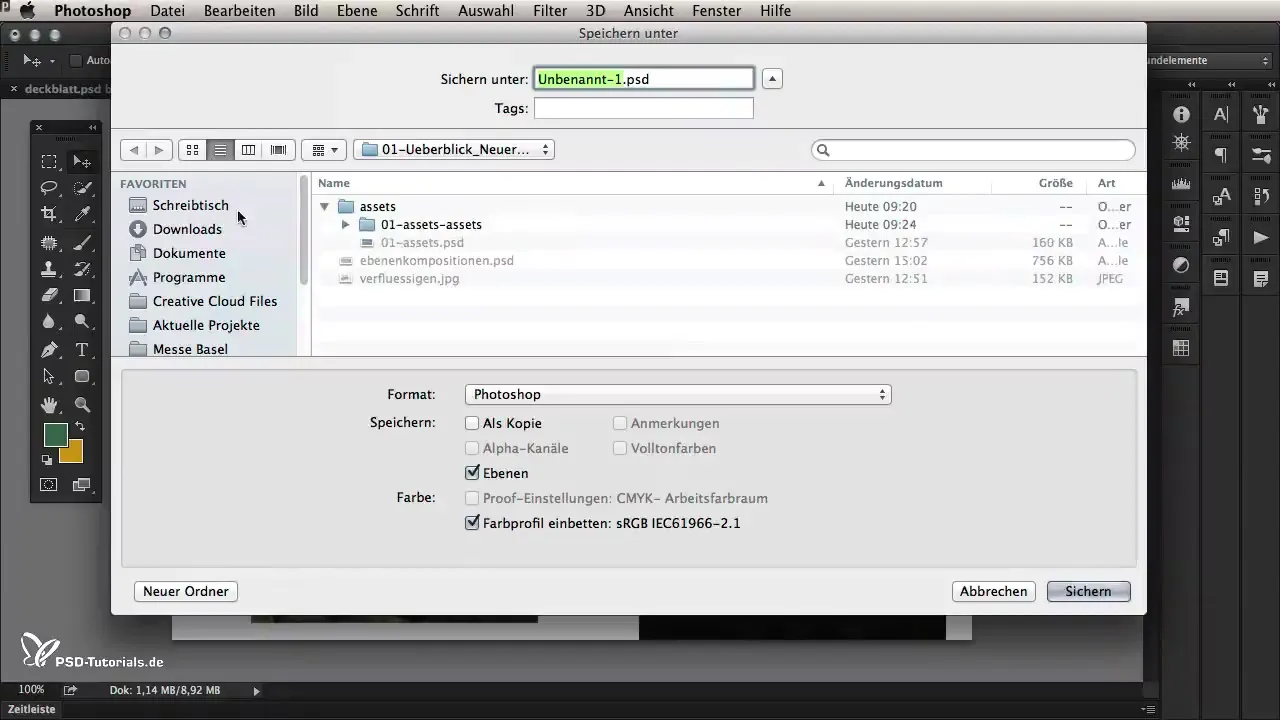
Once that is done, choose a location for the package and click "Create." Photoshop will create a folder containing the PSD file and all linked images.
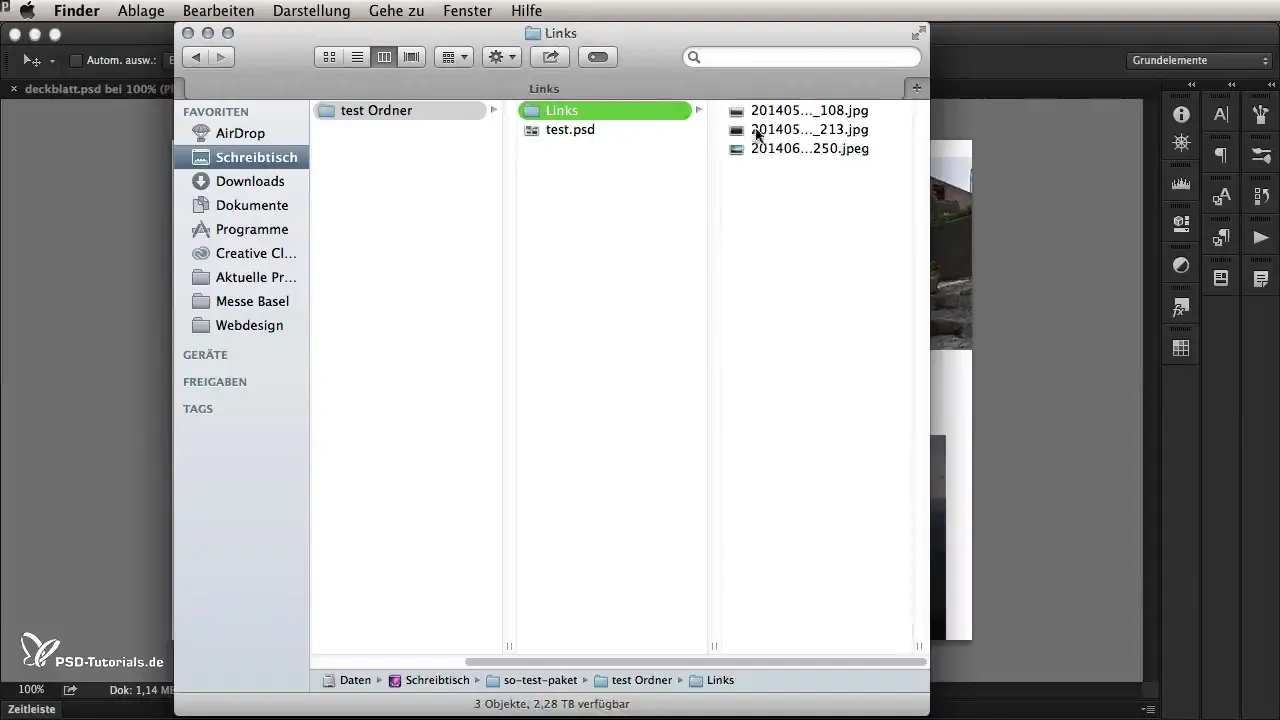
This function is extremely useful to ensure that all files necessary for your work are bundled together to create more structure.
Using Layer Compositions
Another interesting feature is the ability to toggle layer compositions within Smart Objects. This gives you the flexibility to represent different layouts and views without having to directly edit the Smart Objects. Open a relevant Smart Object and use the Properties panel to switch between the various compositions.
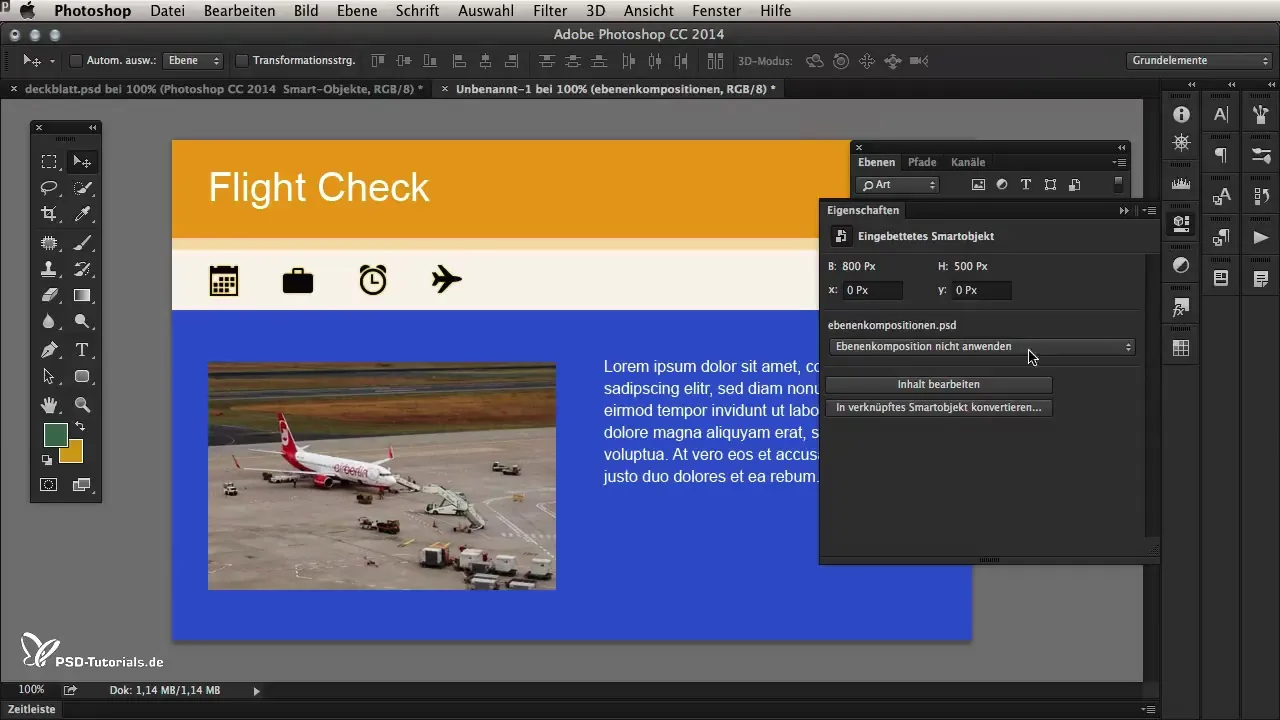
This allows you to quickly view the different views without awkwardly going in or out of the Smart Object.

Summary - New Features in Smart Object Handling of Photoshop CC 2014
The new features in Photoshop CC 2014 offer many possibilities for effective and creative workflows with Smart Objects. By understanding the differences between embedded and linked Smart Objects and utilizing the packaging function, you can better structure and organize your projects more efficiently.
Frequently Asked Questions
What are Smart Objects?Smart Objects are non-destructive image layers in Photoshop that allow you to edit image data without altering the original file.
How can I convert a linked image into an embedded image?Right-click on the linked image and select "embed linked Smart Object."
What happens if I convert an embedded object into a linked object?The image is saved as an external file, so changes to that file will also be reflected in all documents using it.
How does the packaging function work in Photoshop?The packaging function allows you to export all linked images into a single folder for easy sharing with others.
What should I consider before using Smart Objects?It is advisable that the source and target documents have the same resolution to facilitate working with Smart Objects.


